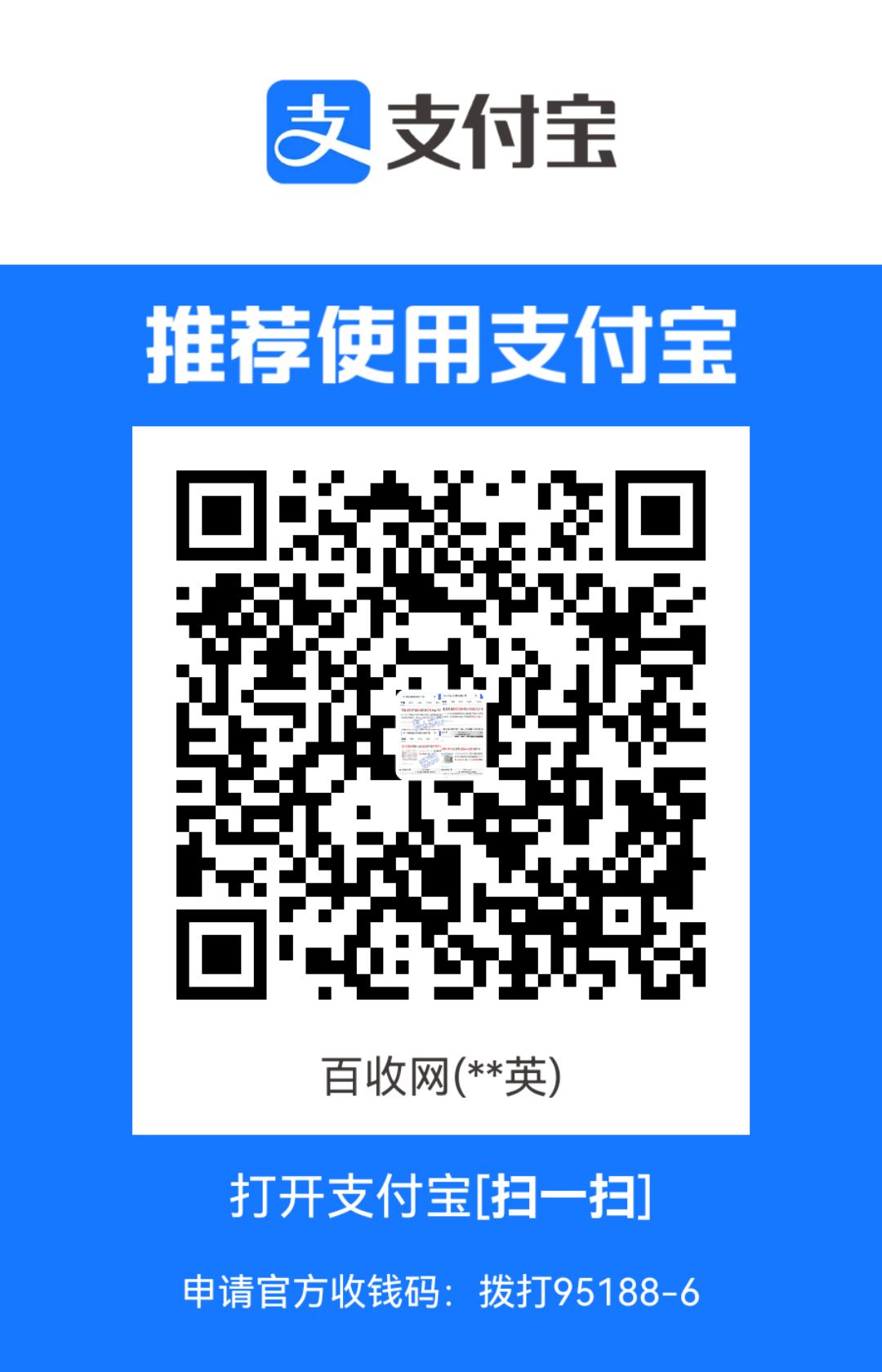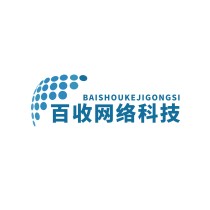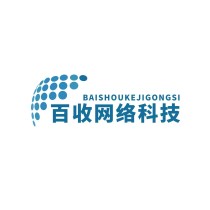The Art of Releasing Information in English:Best Practices for Effective Communication
留痕推广技术 2025年4月28日 08:30:51 百收网
** ,《The Art of Releasing Information in English: Best Practices for Effective Communication》探讨了在英语环境中高效传递信息的核心原则与技巧,文章强调,清晰、简洁和受众导向是成功沟通的关键,需避免歧义与冗余,通过结构化逻辑(如“金字塔原则”)、恰当的措辞(如避免术语滥用)及非语言信号(如语气与格式)的配合,可提升信息接收效果,作者指出跨文化敏感性的重要性,建议根据受众背景调整表达方式,主动倾听与反馈机制能确保双向理解,而数字化工具(如邮件模板与协作平台)的合理运用可优化信息管理,通过案例分析与实用策略,本文为职场、学术等场景的英语沟通提供了 actionable 的指导。 ,(字数:约160字)
本文目录导读:
- Introduction
- 1. Understanding the Importance of Clear Communication
- 2. Adapting to Your Audience
- 3. Choosing the Right Medium
- 4. SEO and Digital Optimization
- 5. Legal and Ethical Considerations
- 6. Case Studies: Successful Information Releases
- 7. Common Mistakes to Avoid
- 8. Tools to Improve Information Release
- Conclusion
Introduction
In today's globalized world, the ability to release information effectively in English is crucial for businesses, governments, and individuals alike. Whether it's a press release, a social media update, an academic paper, or an internal corporate announcement, the way information is disseminated can significantly impact its reception and effectiveness. This article explores the best practices for releasing information in English, covering key aspects such as clarity, audience adaptation, tone, and digital optimization.
Understanding the Importance of Clear Communication
Before diving into the specifics of releasing information, it's essential to recognize why clarity matters. Miscommunication can lead to misunderstandings, legal issues, and reputational damage. English, being a dominant global language, requires precision to ensure that messages are accurately interpreted across different cultures and regions.
1 Avoiding Ambiguity
Ambiguous phrasing can create confusion. For example:
- Unclear: "The meeting will be held soon."
- Clear: "The meeting will take place on Friday, June 14, at 3 PM GMT."
2 Structuring Information Logically
A well-structured message follows a logical flow:
- Headline/Topic – Grabs attention.
- Introduction – Provides context.
- Main Body – Delivers key details.
- Conclusion/Call to Action – Guides the reader on next steps.
Adapting to Your Audience
Different audiences require different communication styles.
1 Professional vs. Casual Tone
- Formal (Business/Government):
"We are pleased to announce the launch of our new product line."
- Informal (Social Media/Personal Communication):
"Exciting news! Our latest product is finally here!"
2 Cultural Sensitivity
English is spoken worldwide, but idiomatic expressions may not translate well. Avoid:
- Region-Specific Slang: "That’s a no-brainer!" (May confuse non-native speakers.)
- Complex Jargon: Use simpler terms when possible.
Choosing the Right Medium
The platform you use affects how information is received.
1 Press Releases
- Follow the inverted pyramid structure (most important info first).
- Include a boilerplate (company background).
- Use quotations for credibility.
2 Social Media
- Twitter (X): Concise, hashtag-friendly.
- LinkedIn: Professional tone, longer posts acceptable.
- Instagram/Facebook: Visuals + short captions.
3 Email Communication
- Subject Line: Clear and engaging.
- Body: Brief, with bullet points if necessary.
- Signature: Professional contact details.
SEO and Digital Optimization
If your information is published online, search engine optimization (SEO) is key.
1 Keyword Usage
- Use relevant keywords (e.g., "release information in English" for this article).
- Avoid keyword stuffing (unnatural repetition).
2 Meta Descriptions & Headings
- Meta Description Example: "Learn best practices for releasing information in English for business, media, and digital platforms."
- Headings (H1, H2, H3): Improve readability and SEO ranking.
Legal and Ethical Considerations
Releasing information comes with responsibilities.
1 Accuracy & Fact-Checking
- Verify sources before publishing.
- Correct errors promptly if they occur.
2 Privacy & Data Protection
- Comply with GDPR (for EU audiences) or other regional laws.
- Avoid sharing sensitive personal data without consent.
Case Studies: Successful Information Releases
1 Apple Product Launch (Press Release Example)
- Headline: "Apple introduces iPhone 15 with groundbreaking features."
- Structure:
- Opening statement (impact).
- Key features (bullet points).
- Quotes from executives.
- Availability details.
2 WHO Health Advisory (Crisis Communication)
- Clarity: Simple, actionable instructions.
- Multilingual Support: Ensures global understanding.
Common Mistakes to Avoid
- Overcomplicating language (e.g., "utilize" instead of "use").
- Ignoring localization (e.g., date formats: MM/DD/YYYY vs. DD/MM/YYYY).
- Lack of proofreading (grammar/spelling errors harm credibility).
Tools to Improve Information Release
- Grammarly/Hemingway Editor – Enhances readability.
- Canva – For visually appealing announcements.
- Hootsuite/Buffer – Social media scheduling.
Conclusion
Releasing information in English effectively requires a balance of clarity, audience awareness, and platform optimization. By following best practices in structure, tone, and digital strategy, communicators can ensure their messages are well-received globally. Whether for corporate announcements, media relations, or personal branding, mastering the art of information dissemination in English is a powerful skill in today’s interconnected world.
Would you like any section expanded further?








